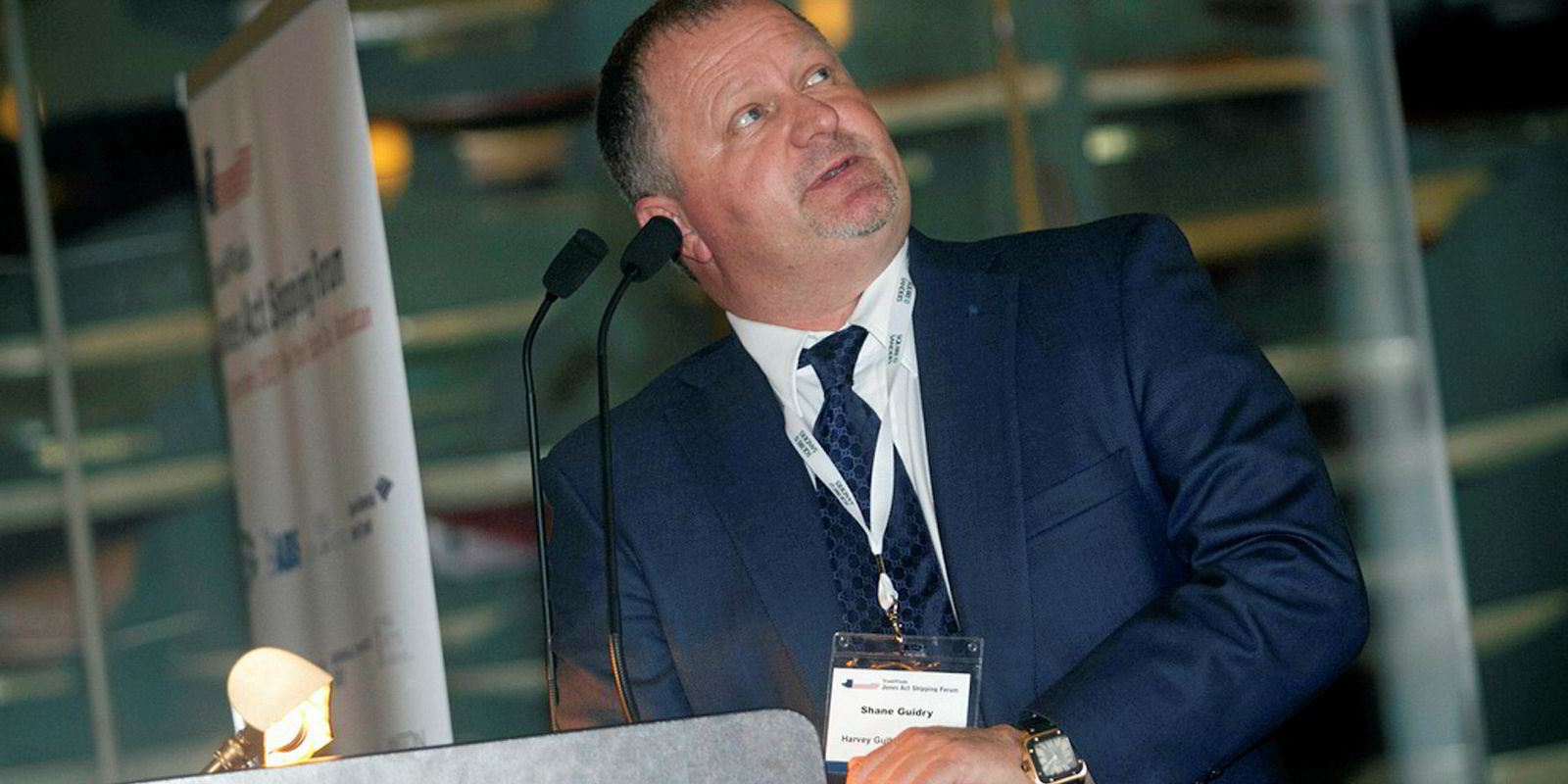Private shipowner Harvey Gulf International Marine has joined the ranks of two debt-slashing US-listed companies by swapping about 70% of its loan amounts into equity through a pre-packaged Chapter 11 restructuring.
Harvey Gulf’s creditors are swapping close to $1bn of debt — out of about $1.22bn in total — in exchange for equity, while issuing a new “exit facility” of $350m.
The move is set to cut the US shipowner’s net interest expenses from about $67m in 2017 to about $48m this year, and then down to the $30m range up until 2021.
GulfMark Offshore and Tidewater have been praised by analysts for slashing large amounts of debt through Chapter 11. Both are viewed as having a competitive advantage against owners with high debt.
Tidewater emerged from its restructuring process with net debt slashed from $1.3bn in 2017 down to zero, while GulfMark came out of its reorganisation with net debt of just $15m, down from $475m in 2016.
To put these US examples into perspective, a stark contrast can be drawn with many offshore owners in Norway.
The Scandinavian nation does not have an equivalent of Chapter 11, so options for struggling owners are either out-of-court agreements or outright liquidation.
This has created a situation over the past few years that many in the industry refer to as “amend and extend” restructurings, where relatively little debt has been removed.
Based on four listed Norwegian owners, the average debt on a single 10-year-old, 5,000-dwt platform supply vessel stands at around $26m, according to Turner Holm, managing director of equity research at Clarksons Platou Securities.
Based on this high debt, one of these PSVs would need to earn an average of about $24,000 per day, at 85% utilisation, from 2020 to 2032 to cover operating expenses, amortisation, interest and maintenance capital expenditure.
Holm points out that this is $2,000 per day more than the long-term average for this specific class of ship from 2006 to 2017, which includes the market’s boom years.





